Fire safety is a paramount concern in any building, whether it's a residential home, office, or industrial facility. One of the key components in fire protection is ensuring that fire-resistant materials and systems are in place to prevent the spread of fire and smoke.
While most people are familiar with fire alarms, sprinklers, and fire exits, there’s a critical component that often goes unnoticed but plays a crucial role in containing fire hazards—intumescent strips.
What Are Intumescent Strips?
Intumescent strips are fire-resistant materials designed to expand when exposed to heat, effectively sealing gaps and preventing the spread of smoke and flames through doors, windows, and other openings. These strips are typically made from a combination of graphite, clay, or other substances that undergo a chemical reaction when exposed to heat. This reaction causes them to swell, filling the gaps between doors, frames, or walls, creating a protective barrier against fire and smoke.
They are commonly used in fire doors, around the edges of door frames, and in other passive fire protection systems. Their purpose is to close off gaps that could otherwise allow smoke, heat, and flames to move from one area to another, making it much harder for fire to spread throughout the building.
How Intumescent Strips Work
Intumescent strips are generally installed in the gaps around door frames, window frames, or other openings in walls where there is a risk of fire. These gaps may be small, but they can provide an escape route for fire and smoke, potentially compromising the effectiveness of the building’s fire safety measures. When a fire breaks out, the heat causes the intumescent material to expand rapidly, typically up to 10 times its original size. This expansion seals the gap tightly, preventing fire and smoke from passing through.
The increased size of the intumescent material creates an insulating layer that helps maintain the fire resistance of the door or wall, allowing more time for evacuation and fire services to respond. The material used in
intumescent strips is typically designed to withstand extremely high temperatures.
This gives building occupants valuable extra time to evacuate and allows fire-resistant materials like fire doors to remain effective for a longer period, preventing the fire from spreading into different parts of the building.
Applications of Intumescent Strips in Fire Safety
Fire Doors and FD30/FD60 Fire Door Lining
Fire doors are one of the most common places where intumescent strips are used. These doors are specially designed to withstand the spread of fire for a certain period, usually rated from 30 minutes to several hours. The gaps around fire doors must be sealed properly to ensure they function effectively during a fire.
Intumescent strips play a vital role in this, expanding when exposed to heat to fill any gaps between the door and the frame. Fire door ratings, such as FD30 and FD60, refer to how long the door can withstand fire exposure.
FD30 Fire Door Lining means the door will resist fire for at least 30 minutes, while
FD60 Fire Door Lining means it can withstand fire for up to 60 minutes.
Intumescent strips play a key role in ensuring these fire doors maintain their rating by sealing any gaps around the doorframe, which could otherwise allow smoke or flames to bypass the door’s protective barrier. Whether you're using an
FD30 or
FD60 fire door, the intumescent strip ensures that the door performs to its full potential, providing critical fire protection.
Window Frames and Glazing
Another critical application for intumescent strips is in window frames and glazing. Windows are often one of the most vulnerable parts of a building during a fire. If a window breaks or if there’s a gap between the frame and the wall, fire and smoke can quickly spread. Intumescent strips are used around window frames to seal these gaps, preventing the passage of flames and smoke.
Fire-Resistant Walls
Intumescent strips can also be used around the edges of fire-resistant walls. These walls are designed to contain fire within a particular section of the building. By sealing gaps around doors, windows, and other openings in these walls with intumescent strips, the building's overall fire resistance is significantly improved, helping to prevent fire from spreading between rooms or floors.
Ductwork and Penetrations
Many buildings have various ducts, pipes, and other penetrations that run through fire-resistant walls and floors. These openings can be vulnerable points in a building’s fire protection system. Intumescent strips are often used to seal these penetrations, ensuring that fire cannot pass through the openings and spread to other parts of the building
Benefits of Using Intumescent Strips
Enhanced Fire Safety
The primary benefit of intumescent strips is that they significantly enhance fire safety. By effectively sealing gaps around
fire doors, windows, and walls, these strips prevent the spread of smoke, heat, and flames, allowing for a safer environment during a fire. They provide a vital barrier that can slow down the progression of the fire, giving occupants more time to evacuate.
Time-Saving in Emergencies
In a fire emergency, every second counts. The expansion of intumescent strips can delay the spread of fire, giving fire services critical time to reach the scene and control the blaze. This added time can be life-saving, especially in high-rise buildings or structures with complex layouts where fire may spread quickly.
Compliance with Fire Safety Regulations
In many countries, fire safety regulations require that buildings have certain fire-resistant elements, including doors, walls, and windows, to meet specific safety standards. Intumescent strips help buildings comply with these regulations by providing a cost-effective way to enhance the fire resistance of doors and other openings.
Cost-Effective Fire Protection
Compared to other fire protection solutions, intumescent strips are relatively inexpensive, making them an attractive option for builders, facility managers, and property owners. Their ability to provide enhanced fire protection with minimal investment is one of the reasons they are so widely used in both residential and commercial buildings.
Maintenance-Free and Long-Lasting
Intumescent strips are typically maintenance-free and durable. Once installed, they can last for many years without needing replacement or attention. This longevity reduces the need for ongoing maintenance costs, making them a reliable and long-term fire safety solution.
Choosing the Right Intumescent Strips
While intumescent strips are an excellent addition to a building’s fire safety design, it is essential to select the right type for the specific application. Factors to consider when choosing intumescent strips include:
Fire Rating
The fire rating of the
intumescent strip should match the fire rating of the door, wall, or window it is sealing. For example, if you are installing intumescent strips around a door with an
FD30 rating, ensure that the strips are also rated for 30 minutes of fire resistance. For doors with an
FD60 rating, choose strips rated for 60 minutes of protection.
Compatibility
Ensure the intumescent strips are compatible with the materials they will be sealing, whether it’s wood, metal, or glass. The correct strip will ensure a tight seal and optimal performance in a fire scenario.
Size and Coverage
Select the right size of the strip to fill the gaps around doors and windows. Too small a strip may fail to seal the gap adequately, while a strip that is too large may be difficult to install.
Conclusion
Incorporating intumescent strips into a building’s fire safety design is a simple but highly effective way to enhance its overall fire protection strategy. These strips help prevent the spread of smoke, flames, and heat, providing critical time for building occupants to evacuate and for emergency services to respond.
Whether used in
FD30 or FD60 fire door linings, window frames, or ductwork, intumescent strips play an essential role in saving lives and protecting property in the event of a fire. Given their low cost, durability, and ease of installation, they are a vital component of any comprehensive fire safety plan.

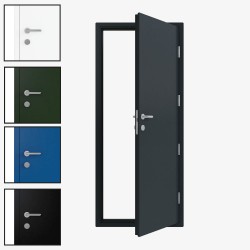
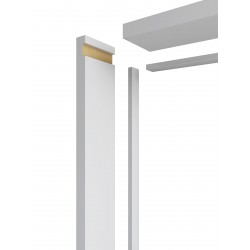
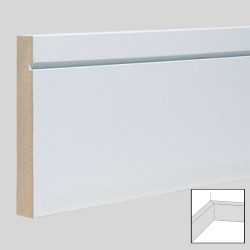
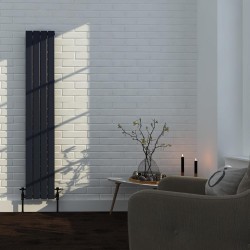
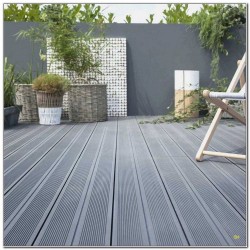
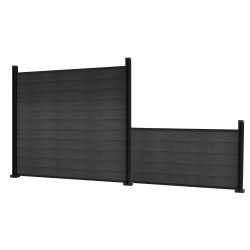
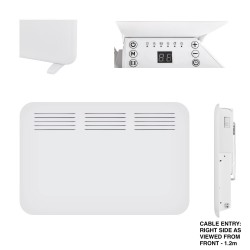
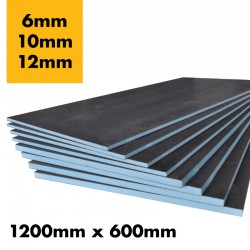
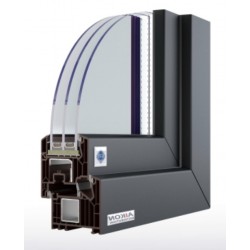
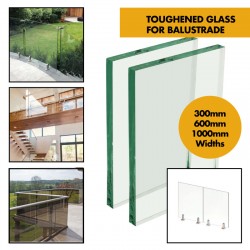

-main-250x250.jpg)
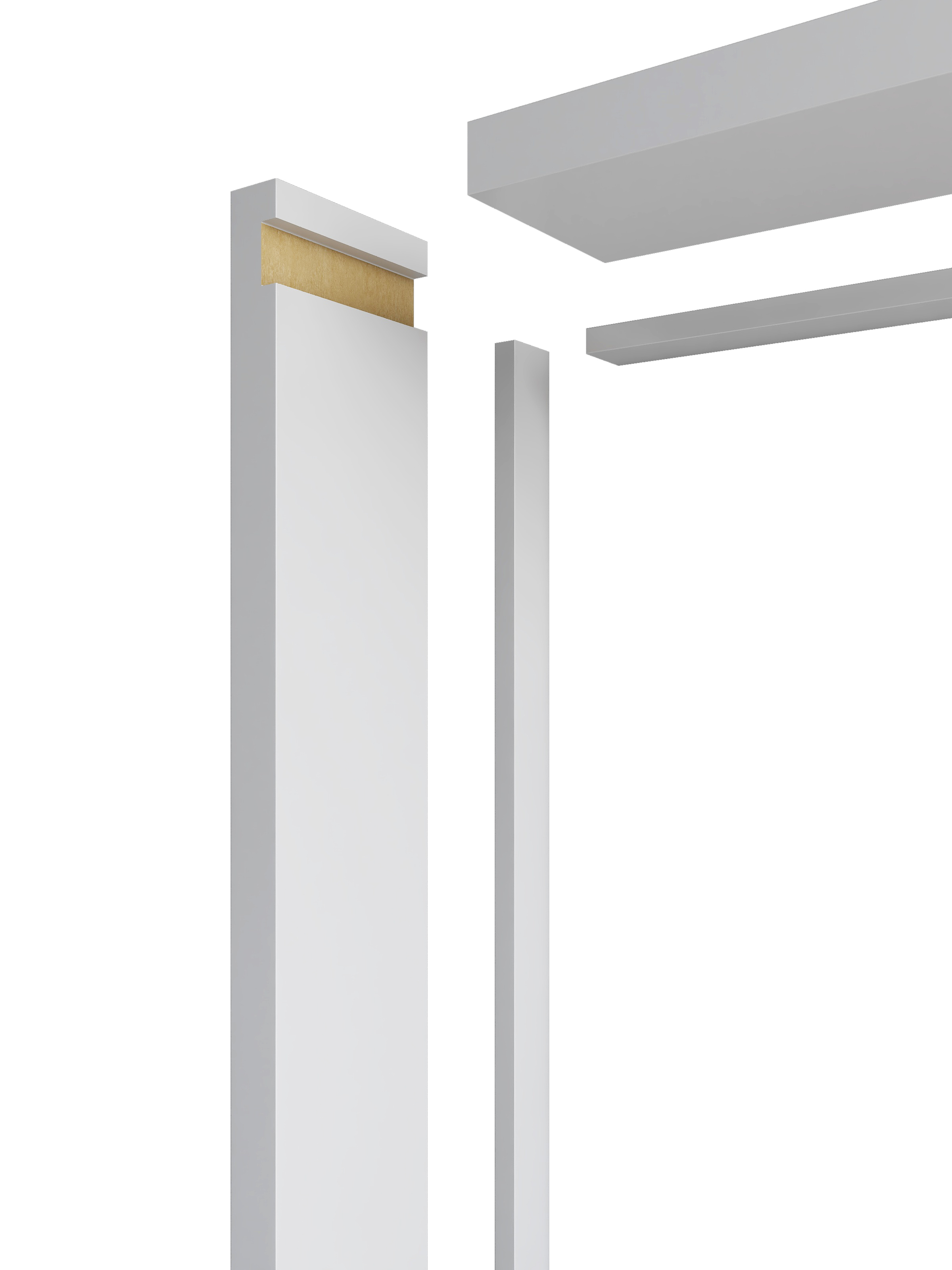
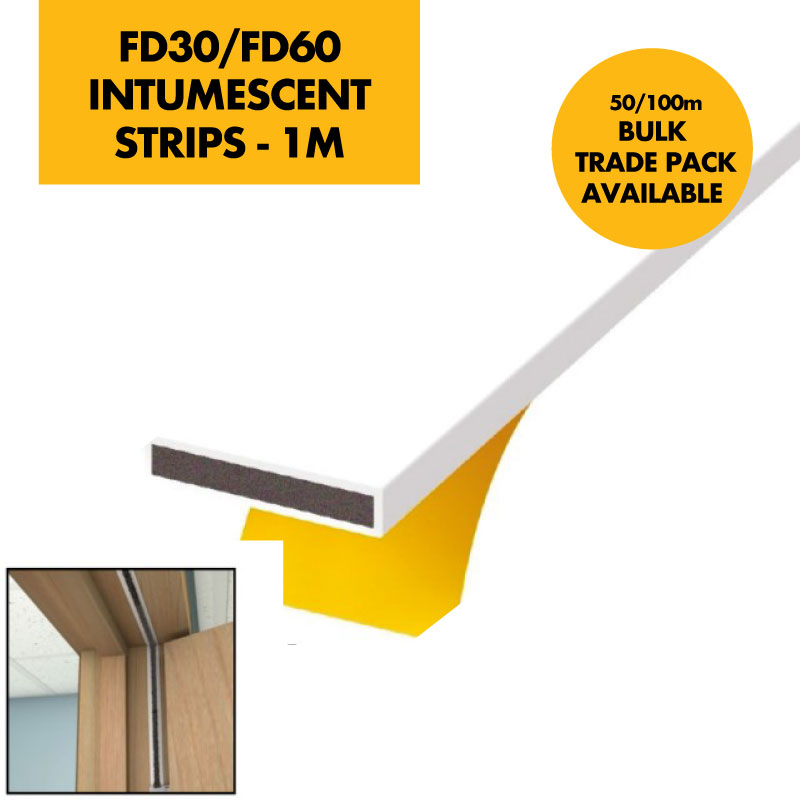
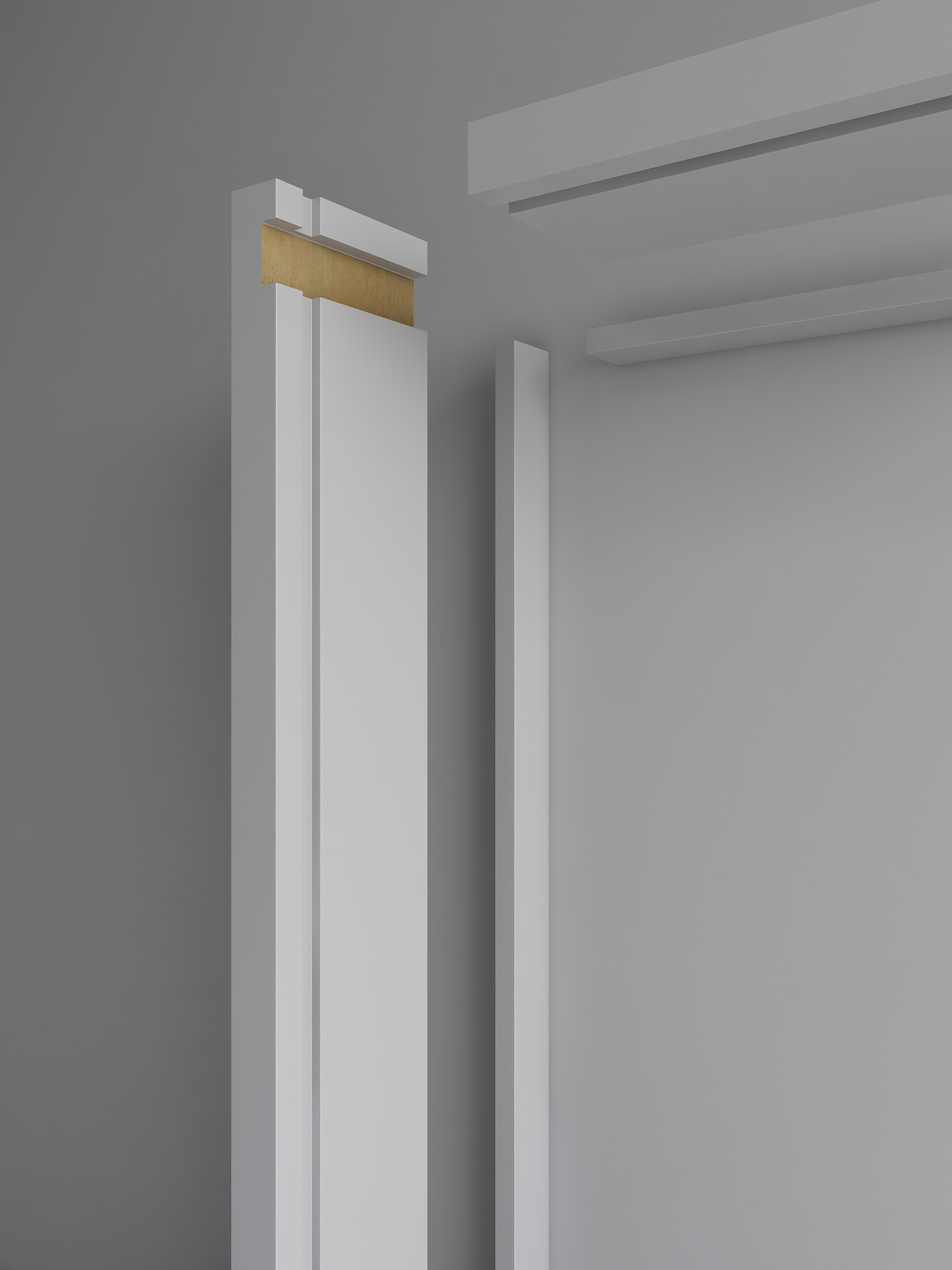


6 Comment(s)
1
1
1
1
1
1
1
1
1
1
1
1
1
1
1
1
1
1
1
1
1
1
1
1
1
1
1
1
Leave a Comment